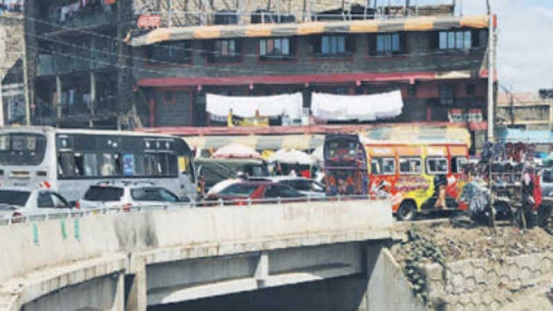×
The Standard e-Paper
Join Thousands of Readers

Even before it is officially commissioned, the design variations and challenge of constructing a highway in a densely populated area are likely to haunt users of Outer Ring Road.
With a similar design to Thika Superhighway, the 13km stretch of eight lanes of tarmac at its widest end is an engineering marvel and a visual spectacle.